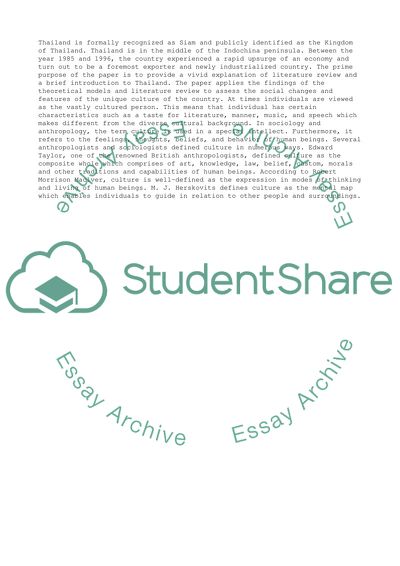Cite this document
(“The Role Of Culture In International Business Essay”, n.d.)
Retrieved from https://studentshare.org/business/1671317-international-business
Retrieved from https://studentshare.org/business/1671317-international-business
(The Role Of Culture In International Business Essay)
https://studentshare.org/business/1671317-international-business.
https://studentshare.org/business/1671317-international-business.
“The Role Of Culture In International Business Essay”, n.d. https://studentshare.org/business/1671317-international-business.


